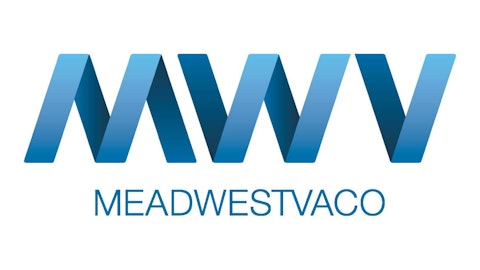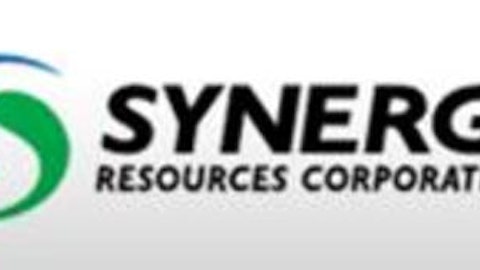As we forecasted last quarter, we are working with more than 50 customers this season. This includes ethanol mills and group that are collectively responsible for more than 30% of the sugarcane crushed in Brazil. So, an important customer base to be working with and an indication of the ongoing interest in our sorghum products. At the end of the day, we are finding an energy production can be a tough business and products like our sorghum hybrid that can boost the bottom line and make greater use of installed capacity, provide an attractive opportunity to the industry.
Outside of Brazil, we’d been ramping up our sales and marketing activities in the United States for our forage sorghum hybrids. This is a new opportunity that leverages our position and our biotech platform and it expands our commercial activities well beyond bio-energy into the growing markets for feeds and forage crops. Last season, we demonstrated some impressive yields and pilot commercial evaluations of our forage sorghum in the United States and we believe we have some compelling commercial hybrids for sale. Seed sales for our forage sorghum are under way now in the United States that will conclude in July when most of the plantings are completed in the Northern Hemisphere.
For the 2015 season, we expect to increase 4:24 number and size for field evaluations. In addition to our direct sales efforts, we have completed a distribution agreement with Helena which is a well-known agricultural input supplier in the United States to extend our sales and marketing reach in certain geographies. This company approached us last season after seeing how well our hybrids performed and we believe their local staff and resources will be a helpful complement to our own activities.
We are also advancing our biotech trait in forage sorghum. As we reported in November, we will have our leading biotech traits provided a greater than 20% biomass field advantage. We are back-crossing this trait into parental lines of commercial, forage sorghum hybrids and we will scale them up for larger scale production. In addition to increased yield. we have a number of biotech trait that we believe can improve the nutritional quality and digestibility of forage sorghum leaves and stalks. Our goal is to combine the national drought tolerance and productivity of sorghum with these biotech traits. This will be particularly attractive for livestock producers and water-deficit geographies as well as producers faced in high input costs for feeds.
In addition to a technology advantage, one of the reasons we are enthusiastic about our US forage sorghum hybrids and traits is that we have received notice from the United States Department of Agriculture that our high biomass trait is not considered a regulated item under Article 340 of the USDA’s mandate to regulation agricultural products. The first such ruling for sorghum. We see this as positive news. This determination is likely to make it more cost-effective and timely for us to develop the strain in sorghum and as a result, we believe we have a clear and near-term path forward to commercialization of this trait.
In addition to forage sorghum, we are also evaluating our biotech traits and technologies in major food crops including corn and sugarcane. Last week, we reported exciting results from our trait evaluations in hybrid corn. Field evaluations represent a critical stage in the development of biotech crop traits since they provide greater insights into how traits will perform in an agricultural setting.
As you may recall, we have taken a different approach that many other crop biotechnology companies in developing these traits. First, we’ve optimized the expression of our genes differently by using promoters in a more precise, sophisticated manner. Promoters are the on off switches for genes that determine where, when and under what conditions a gene is turned on or expressed. We also believe that by combining our transgenes together, provides the best approach to generate a high-impact advantage such as increase grain yield or better drought tolerance. We describe it as multi-gene traits to distinguish them from first generation biotech crop trait which usually consist of a single transgene per trait.





